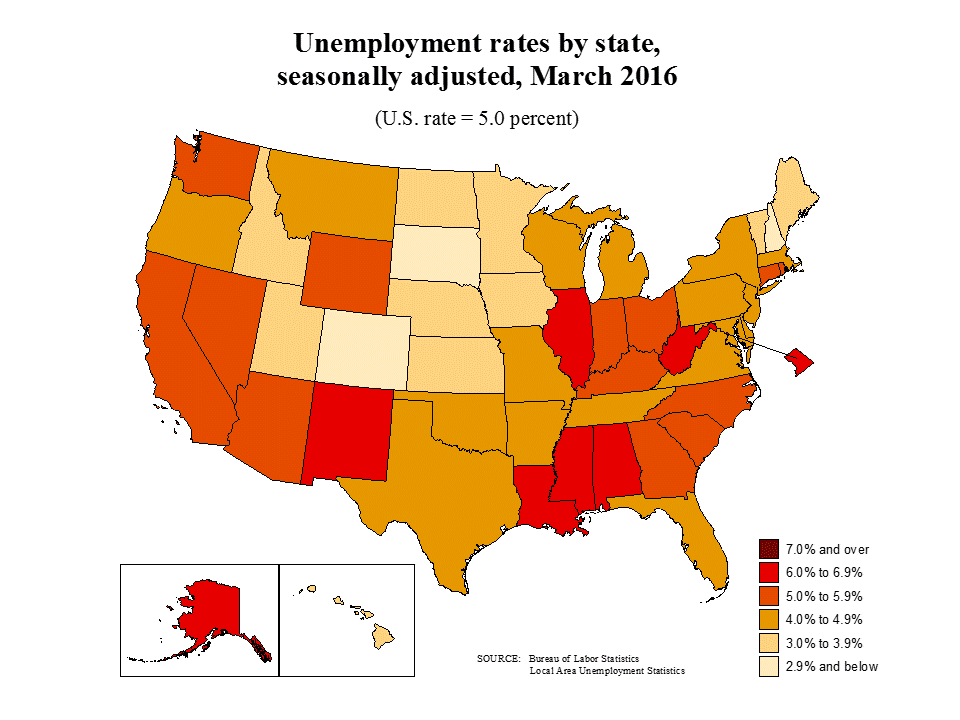Often in wage and hour cases, attorneys are faced with the decision of analyzing the complete time and payroll records for a class population, or analyzing just a sample of the population’s records. While in an ideal world, analyzing the full population of data is the best approach, it may not always be feasible to do so.
For instance, some of the individuals within the class may be missing records due to poor data management, or perhaps both sides agree that the analysis of the full population may be too costly or time consuming. In these cases, the attorneys can elect to have an expert randomly select a random sample from the full population to perform a reliable and statistically significant random sample.
Below are some common terms related that attorney’s can expect to hear when discussing sampling in their wage and hour cases:
Random Sampling, n. sampling in which every individual has a known probability of being selected.
Sample, n. a set of individuals or items drawn from a parent population.
Sample Size, n. the number of individuals or items in a sample.
Simple Random Sampling, n. sampling in which every individual has an equal probability of being selected and each selection is independent of the others.
Discussion: This very common statistical routine is analogous to ‘pulling a name out of a hat’.
Stratified Sampling, n. a method of statistical sampling that draws sub-samples from different sections, or strata, of the overall data population.
Discussion: Stratified sampling routines are used in employment settings when there are important differences between different groups of employees being surveyed. For example, in a survey of off-the-clock work, workers at different locations, and with different supervisors, may have different work cultures that make them more (or less) likely than other workers to have worked during their lunch period. In this instance, a stratified sampling routine may be used to account for those differences.






